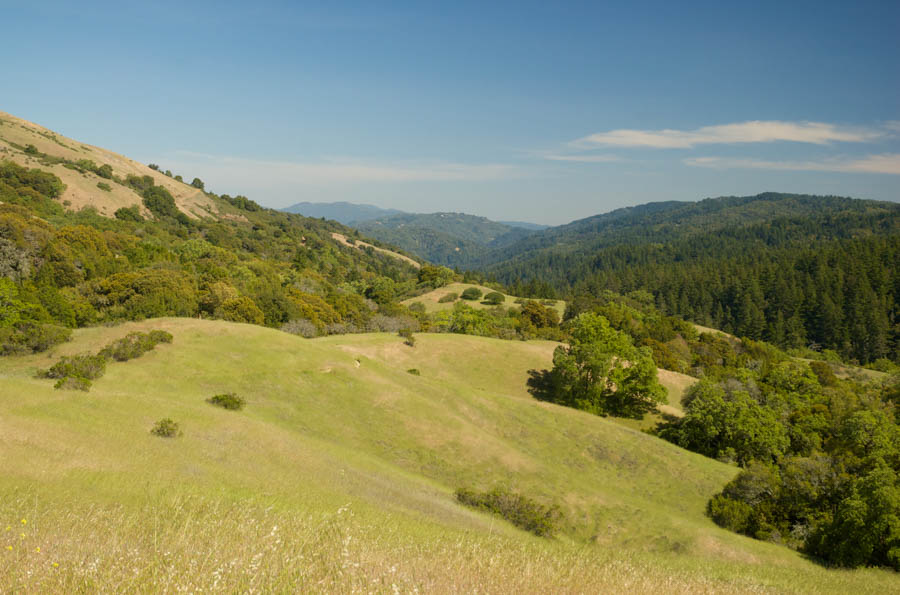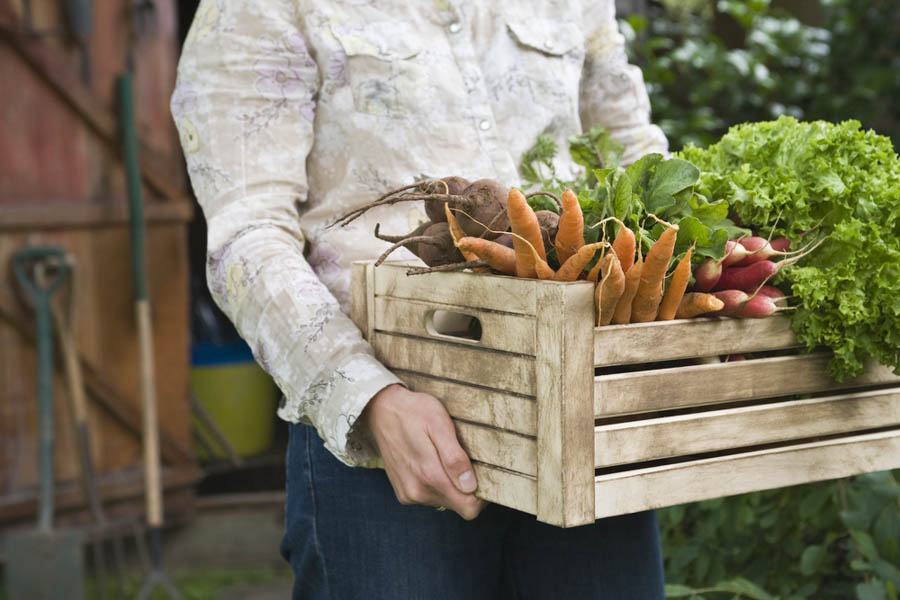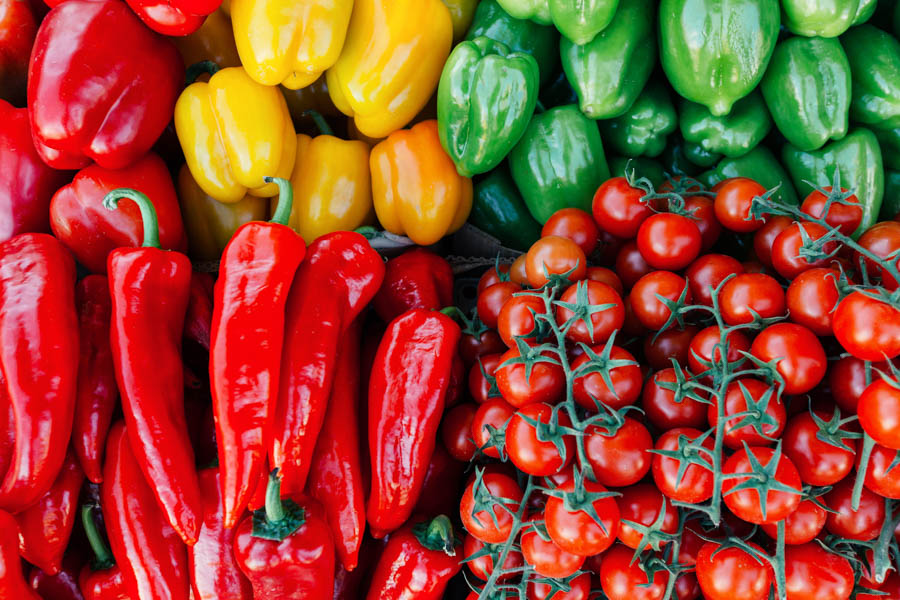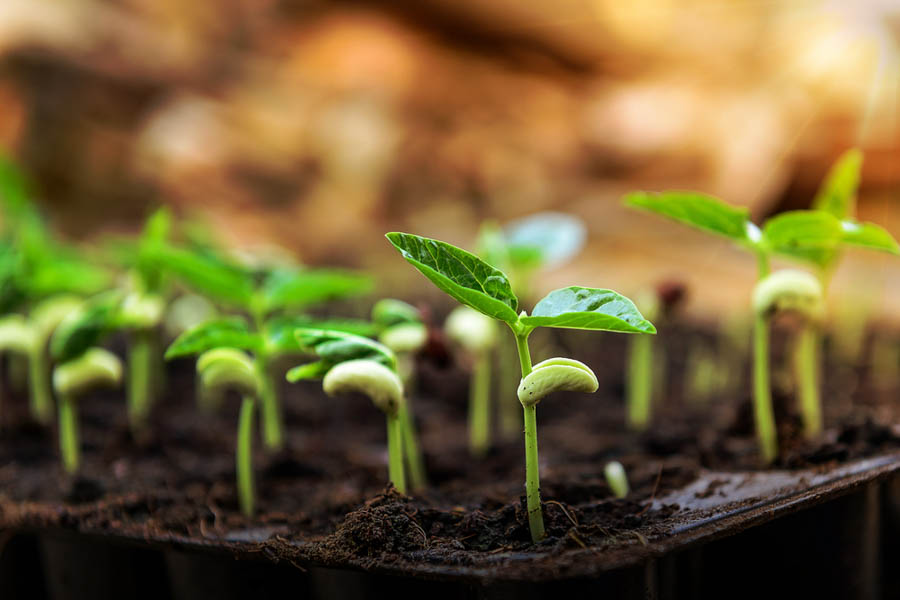Planning for New Vegetable Gardens: Seasonality
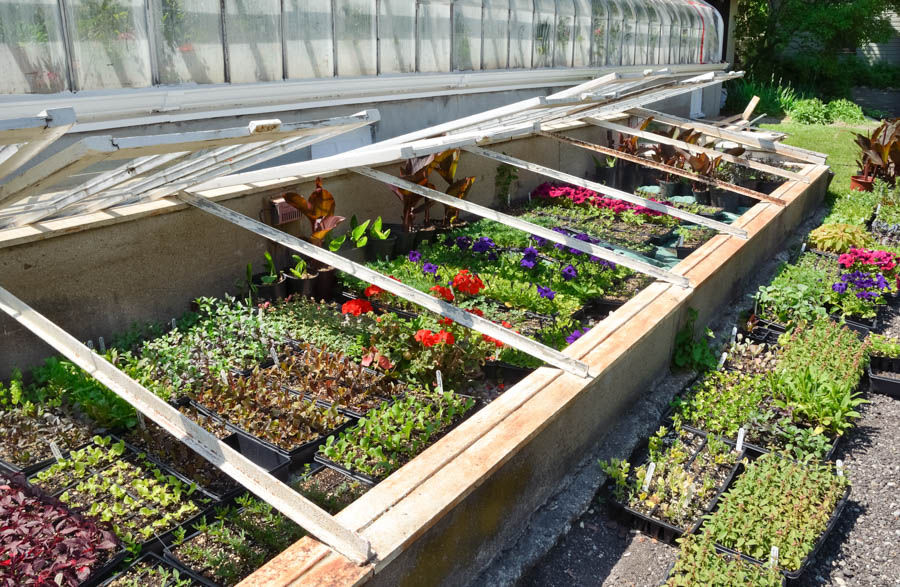
GardenZeus receives commissions for purchases made through links in this post. There is no additional cost to you.
Planning for New Vegetable Gardens: Part 2: Seasonality
This is the 2nd in a series of articles offering advice and solutions for common challenges when starting a garden in California. See below for links to other articles in the series.
Home gardening is one of the safest and most-rewarding activities during the COVID-19 pandemic. Don’t see what you are looking for here? Go to the GardenZeus Blog Index page to find helpful articles.
Seasonality
Much of California has a dry Mediterranean climate with mild, rainy winters and warm-to-hot dry summers, often with little or no rain from spring to fall or winter. All of California, including deserts and areas with cold winters, is influenced by Mediterranean climate patterns.
- Understanding your local climate is one of the most-important first steps to successful vegetable gardening. If you don’t know your GardenZeus California Climate Zone, enter your zip code here.
- California seasons have more in common with Mediterranean areas around the world, including Southern Europe and Northern Africa surrounding the Mediterranean Sea, than with the rest of the United States. See California Climate Zones.
- Those gardening in mild California areas after living in temperate climates throughout most of the United States may feel that half of the seasons are absent. After living in USDA Zones 1 through 7, much of California by comparison may seem to have only 2 seasons: a warm dry summer and a mild wet winter that’s similar to spring in temperate climates. This is especially the case when rains arrive early in fall and/or extend later into spring, which may blur spring and fall, and may prolong wet cold winter weather that shifts without much transition to hot dry summer weather, as occurred in 2018 and 2019.
- Gardeners and those who spend time outdoors and in nature learn and recognize all 4 seasons even in mild California areas, but the shifts, overlaps, and differences in seasonal changes from summer to fall and from winter to spring are subtle compared to temperate climates.
- I often argue that we actually have 5 seasons in warm-summer California areas. See Summer and Summerer.
- It’s possible to garden outdoors year-round everywhere in California except GardenZeus Zone 1. Cold frames, greenhouses, or other protection may be needed in GZ Zones 2 and 9, and many other zones may have intermittent or occasional cold periods and frosts that may require special care or cause harm to vegetable gardens. See California Climate Zones.
- For inland areas with mild winters, fall through spring is the best time to grow most vegetables. Planting a veggie garden beginning in spring or late spring in hot-summer California areas, as is the norm in temperate climates, may lead to a range of gardening disasters.
Cold-Season Annual Vegetables
- Cold-season annual vegetables grow best at cool temperatures. These include most veggies for which we eat the leaves, roots, stems, or flowers, and are often easiest to grow from fall through early summer in mild-winter California areas. Examples include lettuce and most greens, celery, radishes, carrots, beets, kale, broccoli, chives, and many herbs including mint and thyme. A few veggies for which we eat seeds or fruits, including peas and fava beans, are also cold-season vegetables.
- Cold-season veggies may become stressed and suffer, become bitter or tough, lose harvest quality, bolt or go to seed, or succumb quickly to pests and diseases during warm-to-hot weather.
Warm-Season Annual Vegetables
- Warm-season annual vegetables grow best at cool-to-warm temperatures. They include most of the vegetables for which we eat the fruits, meaning anything that contains or produces seeds. Some tolerate heat. Many warm-season vegetables perform best at cooler temperatures but are intolerant of frost and therefore must be grown during warmer weather. They may suffer during cold weather or be killed by frost. Examples include tomatoes, squash including pumpkins, corn, peppers, melons, eggplant, and sunflowers.
- Most summer squash and cucumbers perform best as shoulder-season vegetables (see below). Corn and peppers need warm nights or warm-to-hot days to produce good harvests. Some warm-season veggies, including tomatoes, can be grown in winter outdoors in mild-winter California areas. Varietal selection may be critical for cold-season success with warm-season vegetables. See Growing Winter Tomatoes in Mild California Areas.
- New Zealand Spinach and heat-tolerant varieties of chard are among the few greens that tolerate and often produce well, with delayed bolting, and/or without bitterness during hot weather.
Shoulder-Season or Mild-Season Annual Vegetables
- Shoulder-season or mild-season annual vegetables tolerate a degree of heat or tolerate hot weather for limited periods only, and therefore can be grown during warmer weather than cold-season vegetables. Some will survive but produce low-quality harvests during hot weather. They often perform best at cooler temperatures but may be damaged by frost. Some shoulder-season vegetables are among the trickiest to grow successfully in hot-summer California areas because seasons may shift rapidly from weather that’s too cold to weather that’s too hot.
- Examples of shoulder-season vegetables include most beans, potatoes, garlic, bulbing onions, and beets. Among these beans and potatoes are most susceptible to both heat and frosts. Basil is a shoulder-season herb that is intolerant of both frosts and heat.
- For best harvest quality, I recommend growing cucumbers and summer squash as shoulder-season veggies in hot-summer areas.
Seasonal Tips
- Are you too late or too early for gardening in Southern California? September or October after weather cools through March or April is the best period for planting cold-season crops and most warm-season crops in hot-summer California areas. If you’ve missed the planting window in a hot-summer area, the good news is that you won’t have to wait another full year, just a period of months until weather starts to cool in late summer or fall before planting cold-season and shoulder-season veggies.
- Even heat-tolerant warm-season crops often need several weeks to establish roots and mature to the point that they can produce harvests during hot weather. In many hot inland areas and for most cold-season crops, the end of the spring planting season arrives around late March unless you’re willing to gamble on unusually cool temperatures in spring and early summer, with the risk of crop failure if you’re wrong (some baby veggies and short-season crops can be grown late spring and into summer). Some warm-season crops can be planted as late as May in hot-summer areas.
- It’s often possible to plant year-round or almost year-round in mild-summer coastal and coastal-influence areas. For mild-summer coastal areas, summer may be the only time during which you’ll succeed with some warm-season crops, or you may be unable to grow some warm-season crops with consistent success.
- For specific tips and information, enter your zip code and browse our customized planting information by vegetable for most of Southern California.
Other articles offering advice and solutions for common challenges when starting a garden in California:
Part 4: Introduction to Soil Toxicity
Part 5: Common Causes of Soil Toxicity
Part 6: Introduction to Soil Compaction
Part 7: Decompact Soil Quickly
Future installments include:
Part 9: Introduction to Soil Alkalinity
Part 10: Managing Soil Alkalinity
Part 11: introduction to Soil Fertility
Part 12: Watering
Part 13: Pest and Pet Exclusion
Part 14: Minimizing Pest Insects
GardenZeus has plenty of information to help you get started growing fruits and vegetables. To receive customized growing information for your area, click here.
Want to start a raised garden bed? It is easy to get started with a kit:
Articles of interest for novice gardeners include:
How to Choose the Best Seeds for California Gardens
The GardenZeus Guide to Starting Tomato Seeds
Container Gardening: Cucumber, Corn, Snap Peas and Eggplant
